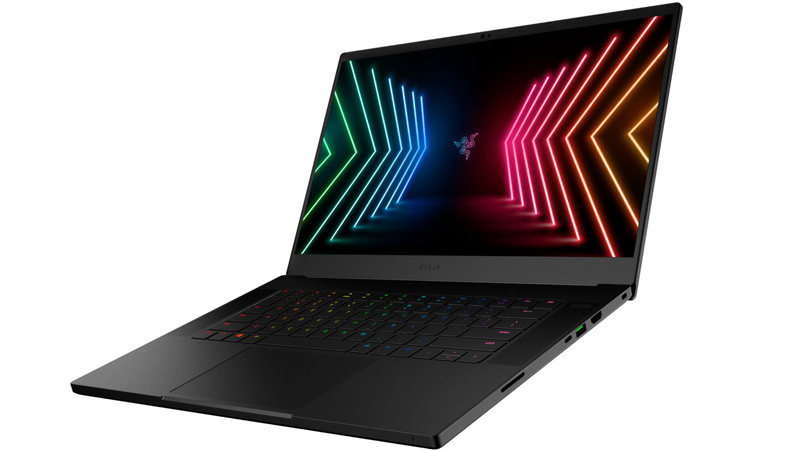QHD displays make images look crisper and sharper.

There are many types of screen resolution standards out there. Perhaps it might be a little confusing for you to choose the correct display that covers your needs. With that said, do you know what QHD and WQHD displays are? Don’t worry! We will explain the definition of the QHD and WQHD below. We will also touch on their advantages and disadvantages and help you figure out if you need one.
And if you are a gamer, we recommend checking our QHD vs FHD for gaming laptops post for more details.
To keep in mind:
- QHD = 2560 x 1440 pixels
- WQHD = 3440 x 1440 pixels
- HD = 1280 x 720 pixels
- FHD= 1920 x1080 pixels
What’s the definition of QHD?
QHD is the acronym of Quad High Definition. It’s a resolution standard for premium monitors, mobile devices, and lately in laptops. QHD display resolution measures 2560 x 1440 pixels at a 16: 9 ratio, commonly referred to as 2K. This resolution is four times the pixel definition count of standard high definition (HD) 1280 x 720p.
The resolution explains how many pixels a display has in width x height format. And, the more pixels a display panel has, the image quality gets sharper. Therefore, QHD resolution is suitable for large-size screens to benefit from clarity and sharper images.
What about WQHD?
Perhaps, you have seen QHD resolution referred to as WQHD. Well, WQHD is the acronym of wide quad high definition. That’s it.
Both acronyms represent the same resolution, 2560 x 1440, but the WQHD emphasizes the widescreen 16:9 aspect ratio. Please note that WQHD monitors have 1440 vertical pixels and have 880 more horizontal pixels than QHD (2560 pixels) for widescreen use.
What’s the difference between QHD and WQHD?
The main difference is that WQHD has 880 pixels more, made to fit widescreens without stretching the image or having black bars on the side of the screen. The added pixel helps deliver ultra-sharp images and clear text, which is particularly important for creatives.
Overall, QHD and WQHD share the same resolutions, except for a slightly wider WQHD screen.
The benefits of a QHD resolution
There are a lot of benefits to using QHD or WQHD resolution displays. For example, the resolution is slightly sharper than the FHD resolution. Also, QHD displays might be less common and more expensive; and can fit any screen panel larger than 27-inch without looking stretched.
Namely, creative professionals like designers, programmers benefit from added screen real estate of WQHD, allowing them to have more workspace. For example, users can boost overall productivity by simultaneously view multiple tabs. Also, designers can easily zoom into details across their entire workspace, or content writers can keep web pages as they create content.
Overall, QHD displays boost reading comprehension by making the text more visible at once, helps users complete their task faster, and reduces window management time.¶ÿ
QHD for Gaming
Today, many laptop manufactures are including QHD display options on laptops equipped with the latest high-end graphics. For example, gaming laptops like Acer Nitro 5, Razer Blade 15, Lenovo Legion 2021, and more. It allows you to have more screen room to play games like War Zone and make images crispier with better color accuracy.
Any drawbacks?
For one, those displays are less common and more expensive than 1080p resolution, most known as FHD display. Also, laptops with those types of screens tend to consume more battery life compared to an FHD display.
Bottom Line
Laptops with QHD or WQHD screens are more suitable for creative professionals like designers, web developers, and producers. Having more pixels allows having sharper and detailed images. However, bear in mind that QHD displays consume a lot of your battery and are even more expensive than FHD displays. If you are looking to upgrade your current device, you can go through a laptop trade-in for cash value with Gadget Salvation. It’s the most convenient and one of the quickest ways to sell pre-owned gadgets online. Visit the website and see how much your device is worth!










